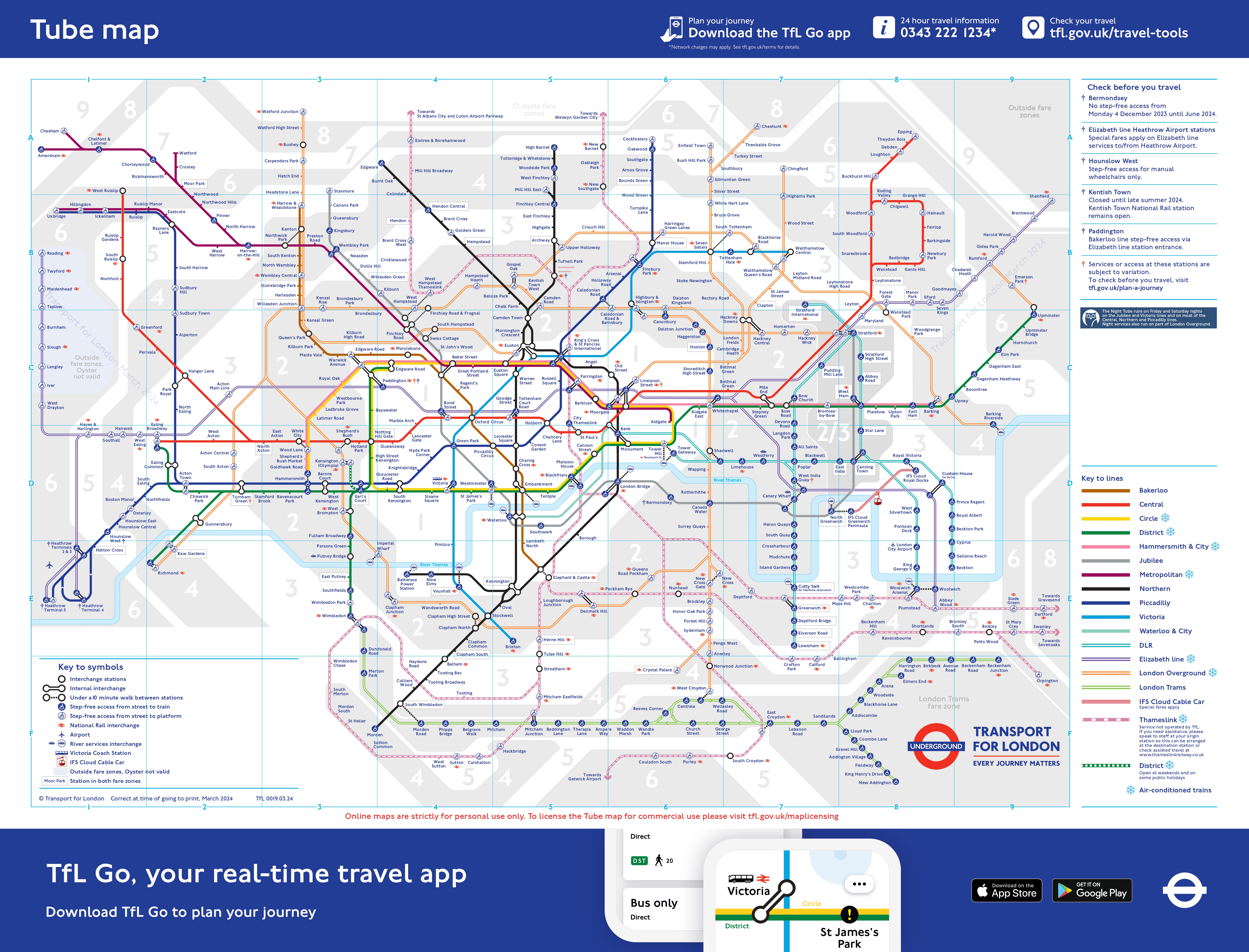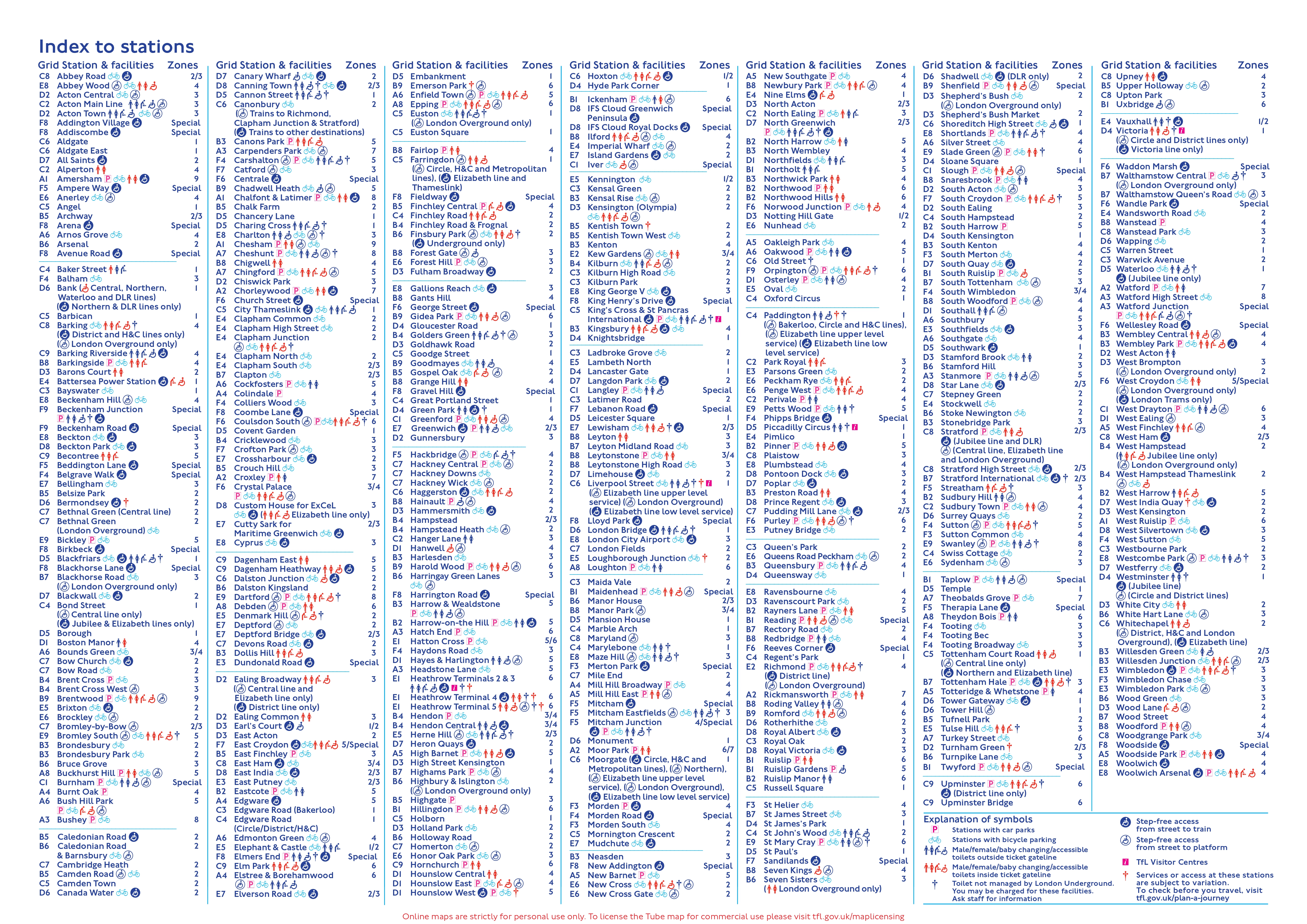London Underground: Lines, Maps, Timetables, and Fares
Welcome to londresmetro.com, your go-to source for all things related to the London Underground. Dive into the rich history and evolution of this iconic transport system, discover how to navigate its lines and stations like a pro, access updated maps, and find essential details about schedules and fares. From tips on travel cards to planning your next journey, we’re here to help you make the most of your London Underground experience.
London Underground Map
Please note that the map provided may not be up to date. Follow this link to the official Transport for London page for the latest PDF version.
London Underground Lines
- Bakerloo Line (Brown): Links north to south, from Harrow & Wealdstone to Elephant & Castle.
- Central Line (Red): East-west route from Epping and Hainault to Ealing Broadway and West Ruislip.
- Circle Line (Yellow): Loops around central London, including stations like Paddington, Westminster, and Tower Hill.
- District Line (Green): Southwest to east, from Wimbledon and Richmond to Upminster and Barking.
- Hammersmith & City Line (Pink): Connects Hammersmith in the west to Barking in the east.
- Jubilee Line (Grey): Northeast to southeast, serving Stanmore, Stratford, and Canary Wharf.
- Metropolitan Line (Purple): Extends northwest to east, passing through key stations like King’s Cross St Pancras.
- Northern Line (Black): Covers northern and southern London, from High Barnet to Morden.
- Piccadilly Line (Dark Blue): West-east, including Heathrow Airport and Cockfosters.
- Victoria Line (Light Blue): North-south through central London, from Walthamstow Central to Brixton.
- Waterloo & City Line (Turquoise): A short line connecting Waterloo and Bank, primarily for office commuters.
Line Colors
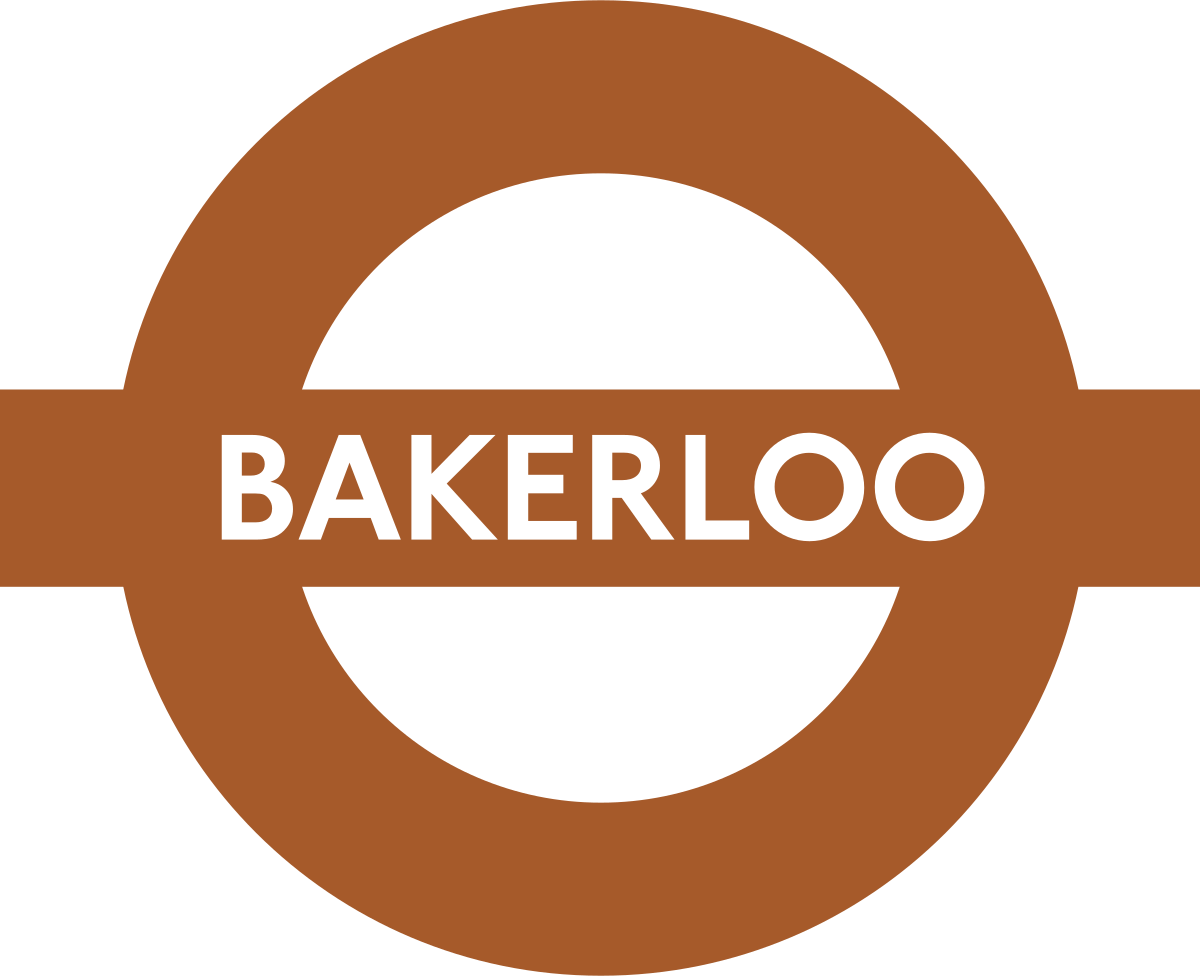
Bakerloo Line – Linea Marrón
Conecta el noroeste y el sur de Londres, pasando por lugares emblemáticos como Baker Street y Waterloo. Es conocida por su color marrón en el mapa del metro.
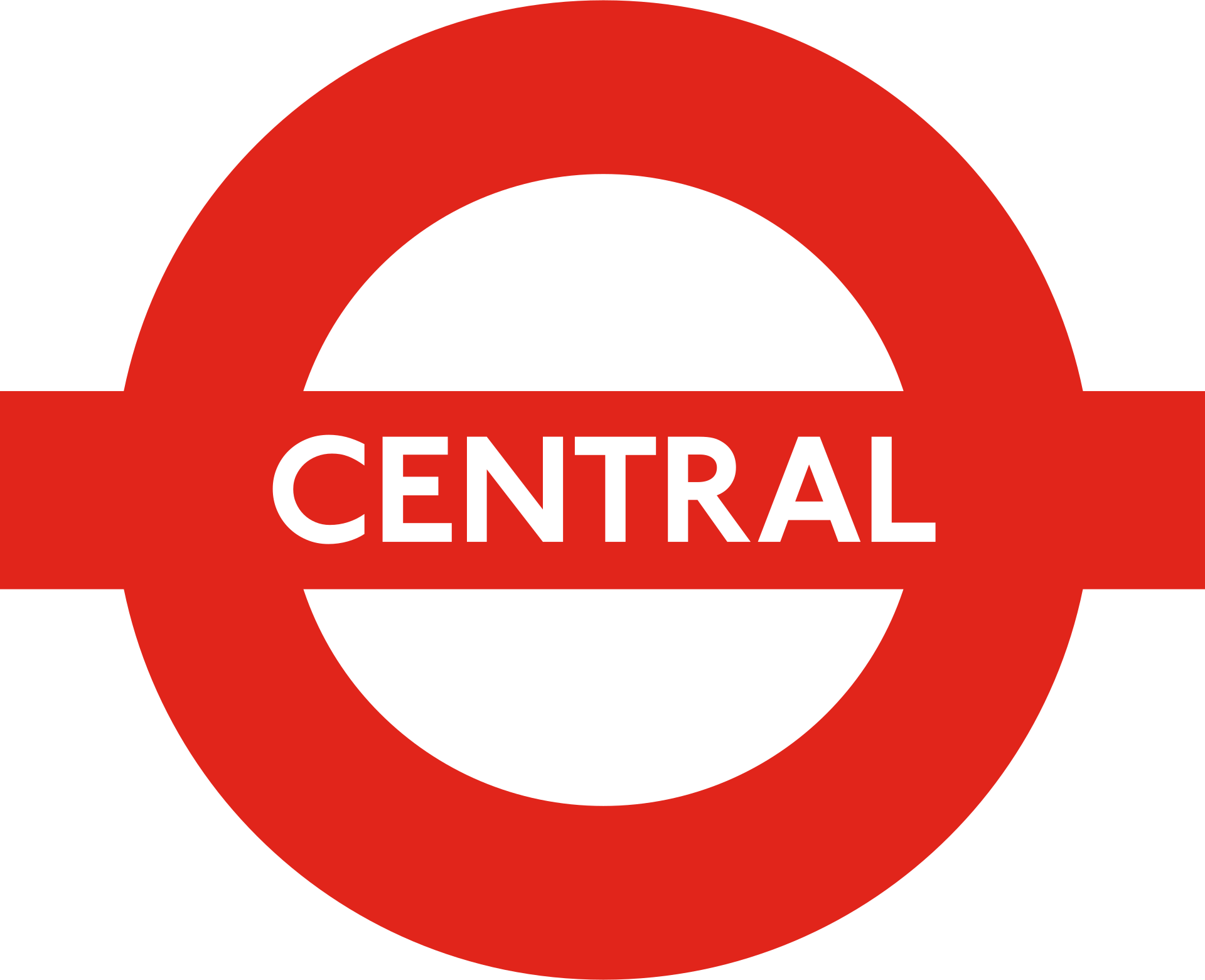
Central Line – Línea Roja
Recorre el este y oeste de Londres, desde Epping y Hainault hasta Ealing Broadway y West Ruislip. Destaca por su color rojo en el mapa del metro.

Circle Line – Línea Amarilla
Realiza un recorrido circular por el centro de Londres, pasando por estaciones como Paddington, Westminster y Tower Hill. Es reconocida por su color amarillo en el mapa del metro.
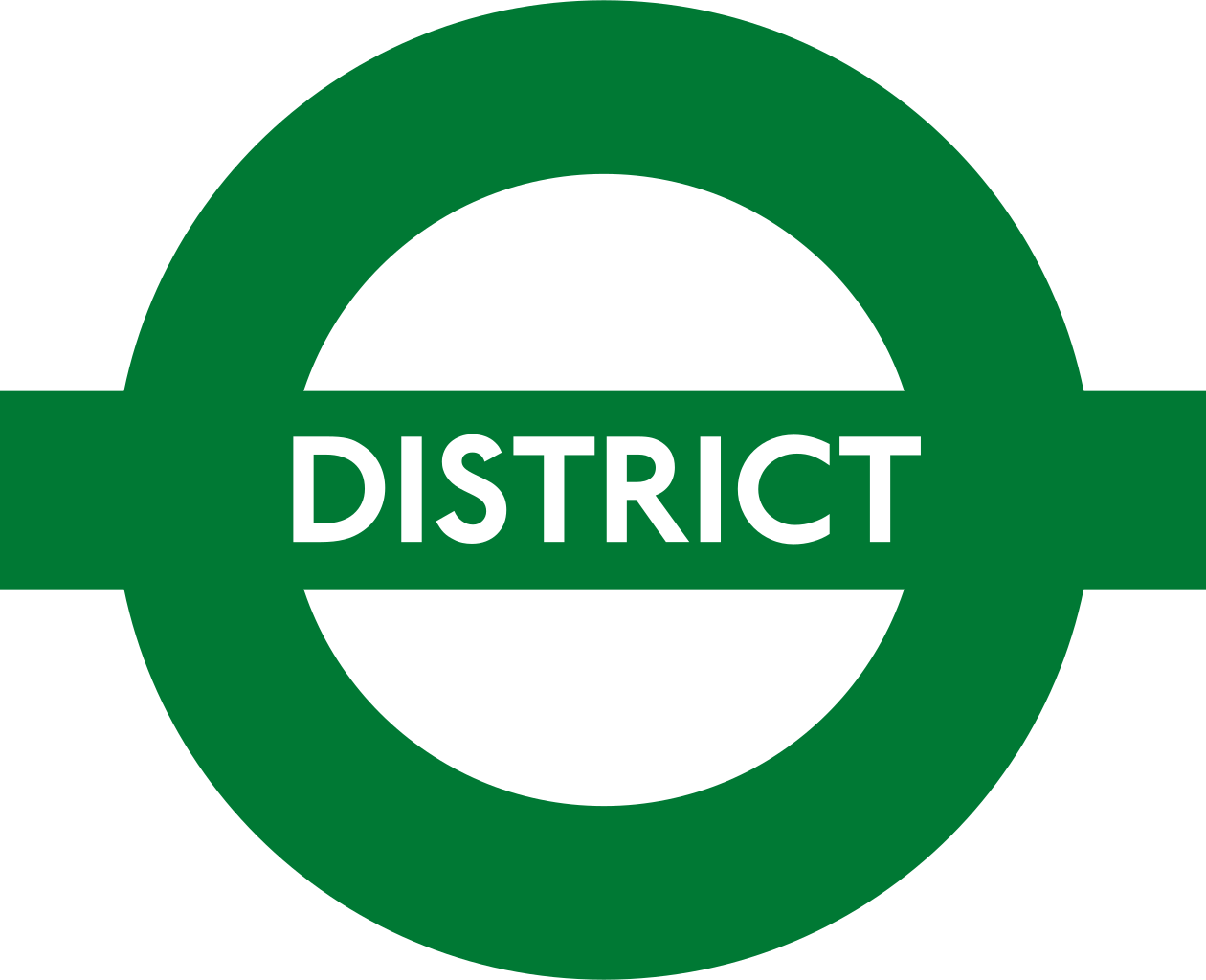
District Line – Línea Verde
Cubre gran parte del suroeste y este de Londres, desde Wimbledon y Richmond hasta Upminster y Barking. Se identifica por su color verde en el mapa del metro.

Hammersmith & City Line – Línea Rosa
Une Hammersmith en el oeste con Barking en el este, pasando por el centro de Londres. Su color en el mapa es rosa.

Jubilee Line – Línea Gris
Conecta el noreste y el sureste de Londres, desde Stanmore hasta Stratford y Canary Wharf. Es reconocida por su color gris en el mapa del metro.
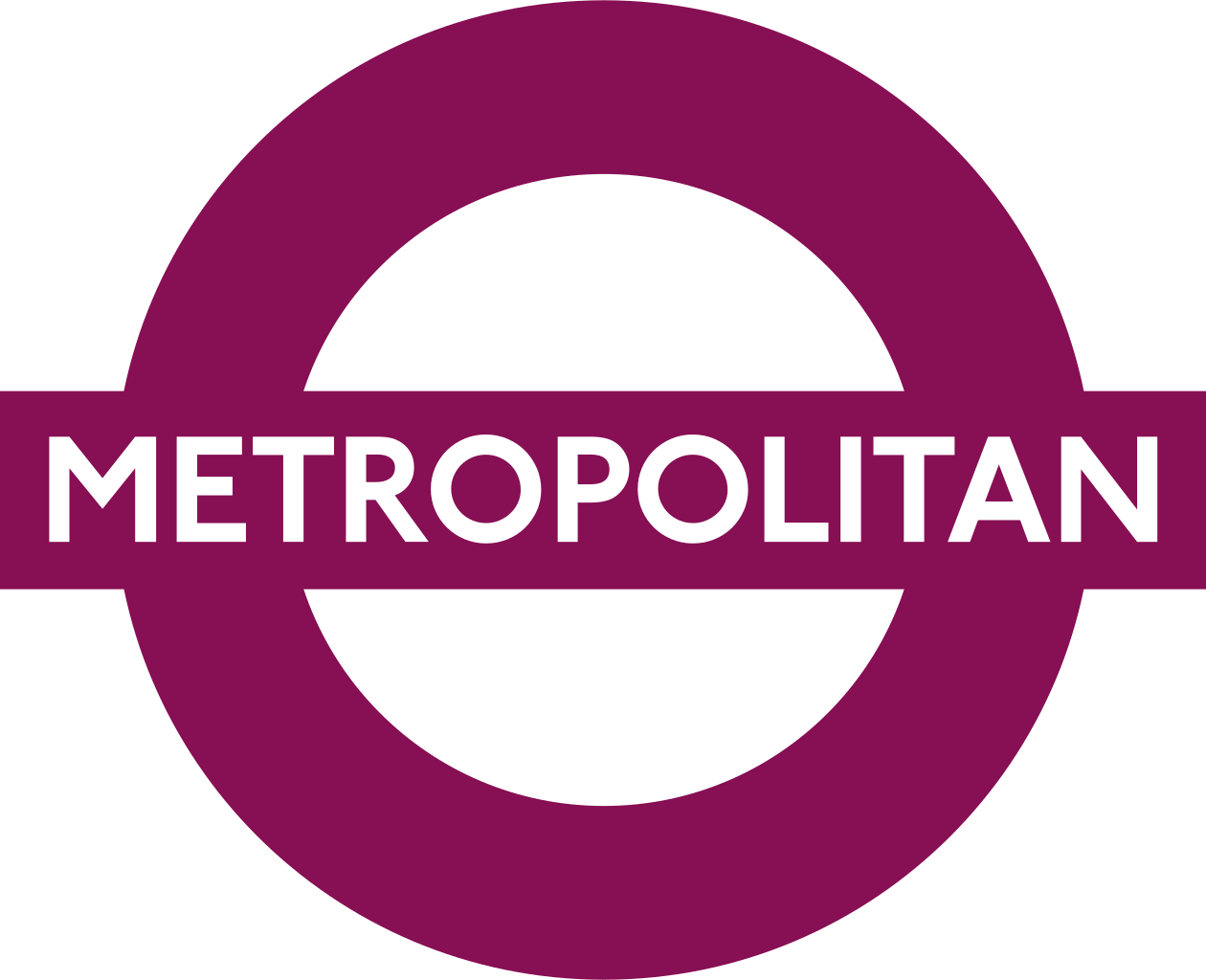
Metropolitan Line – Línea Púrpura
Se extiende desde el noroeste de Londres hasta el este, pasando por estaciones como Baker Street, King’s Cross St Pancras y Liverpool Street. Su color en el mapa es púrpura.
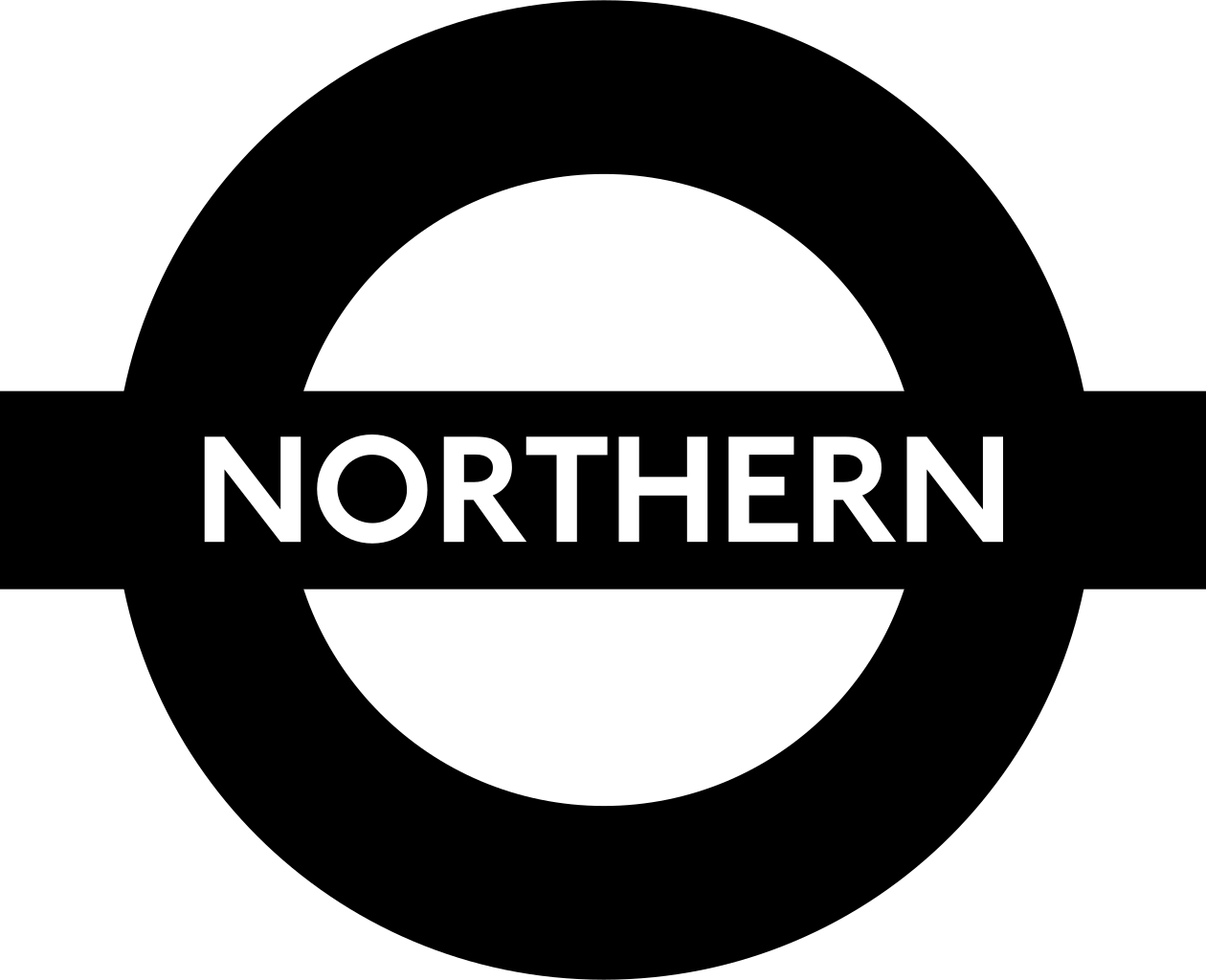
Northern Line – Línea Negra
Cubre gran parte del norte y sur de Londres, desde High Barnet y Edgware hasta Morden y Kennington. Se identifica por su color negro en el mapa del metro.
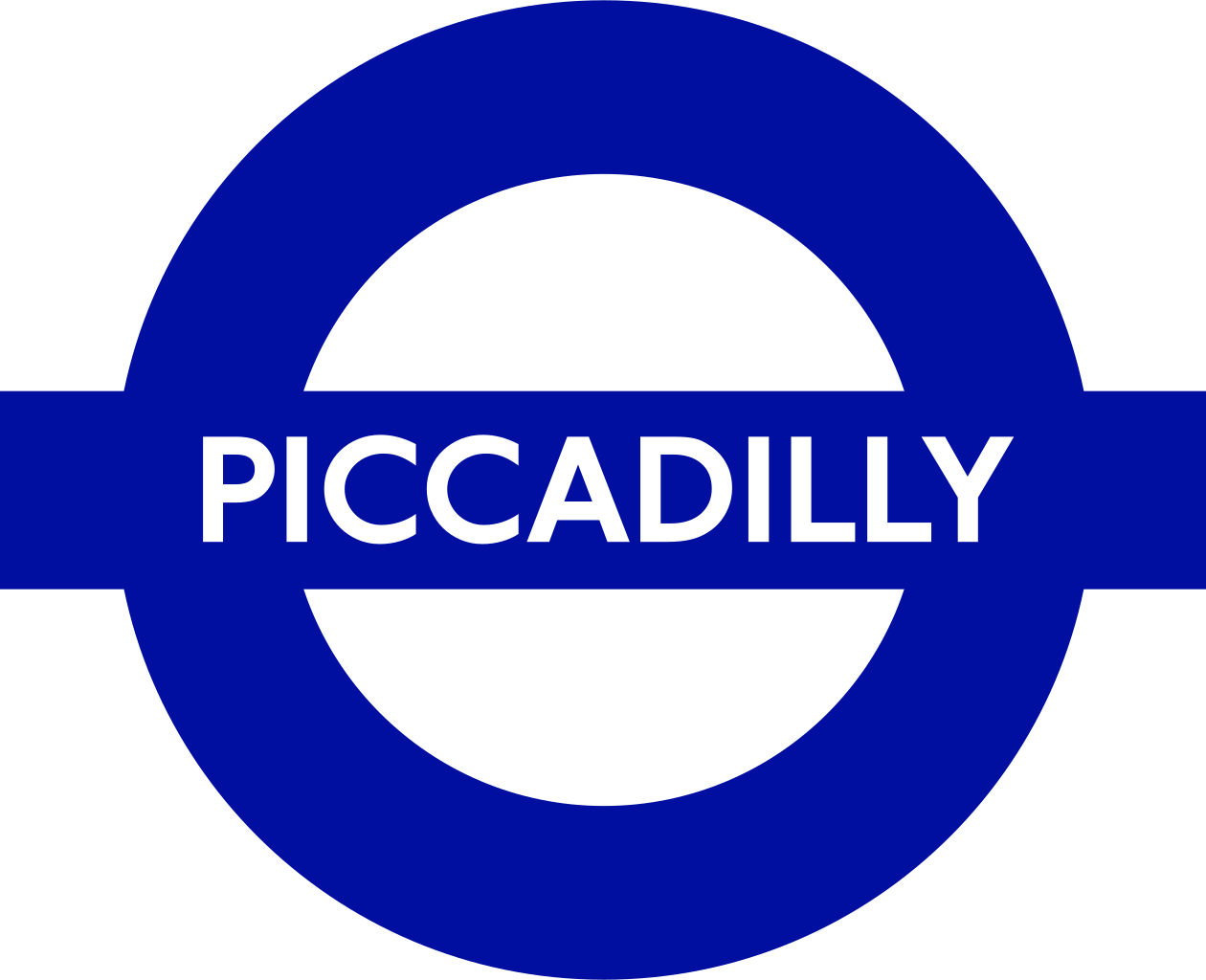
Piccadilly Line – Línea Azul Oscuro
Conecta el oeste y el este de Londres, desde Heathrow Airport y Uxbridge hasta Cockfosters. Destaca por su color azul oscuro en el mapa del metro.
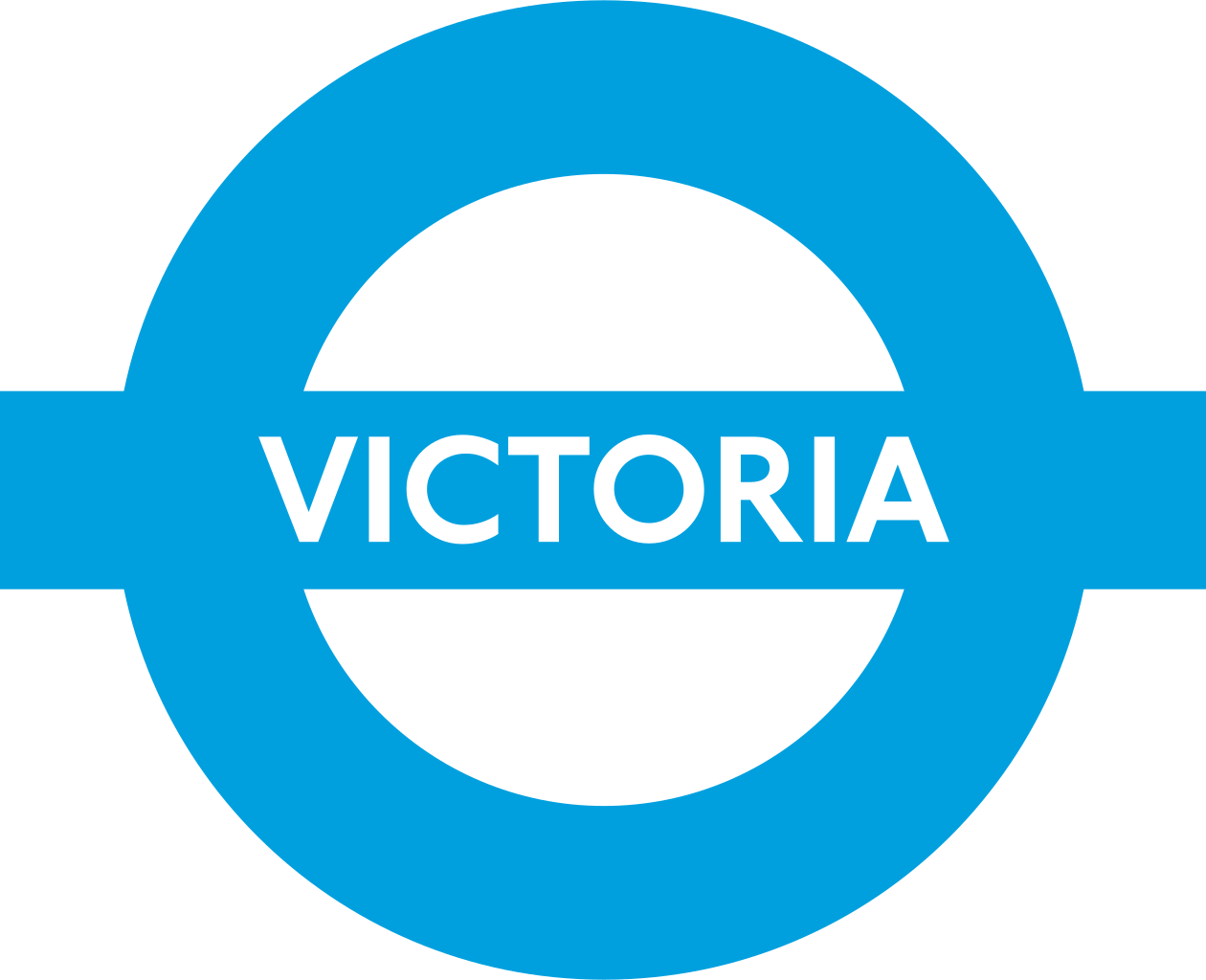
Victoria Line – Línea Azul Cielo
Realiza un recorrido norte-sur por el centro de Londres, desde Walthamstow Central hasta Brixton. Es reconocida por su color azul claro en el mapa del metro.
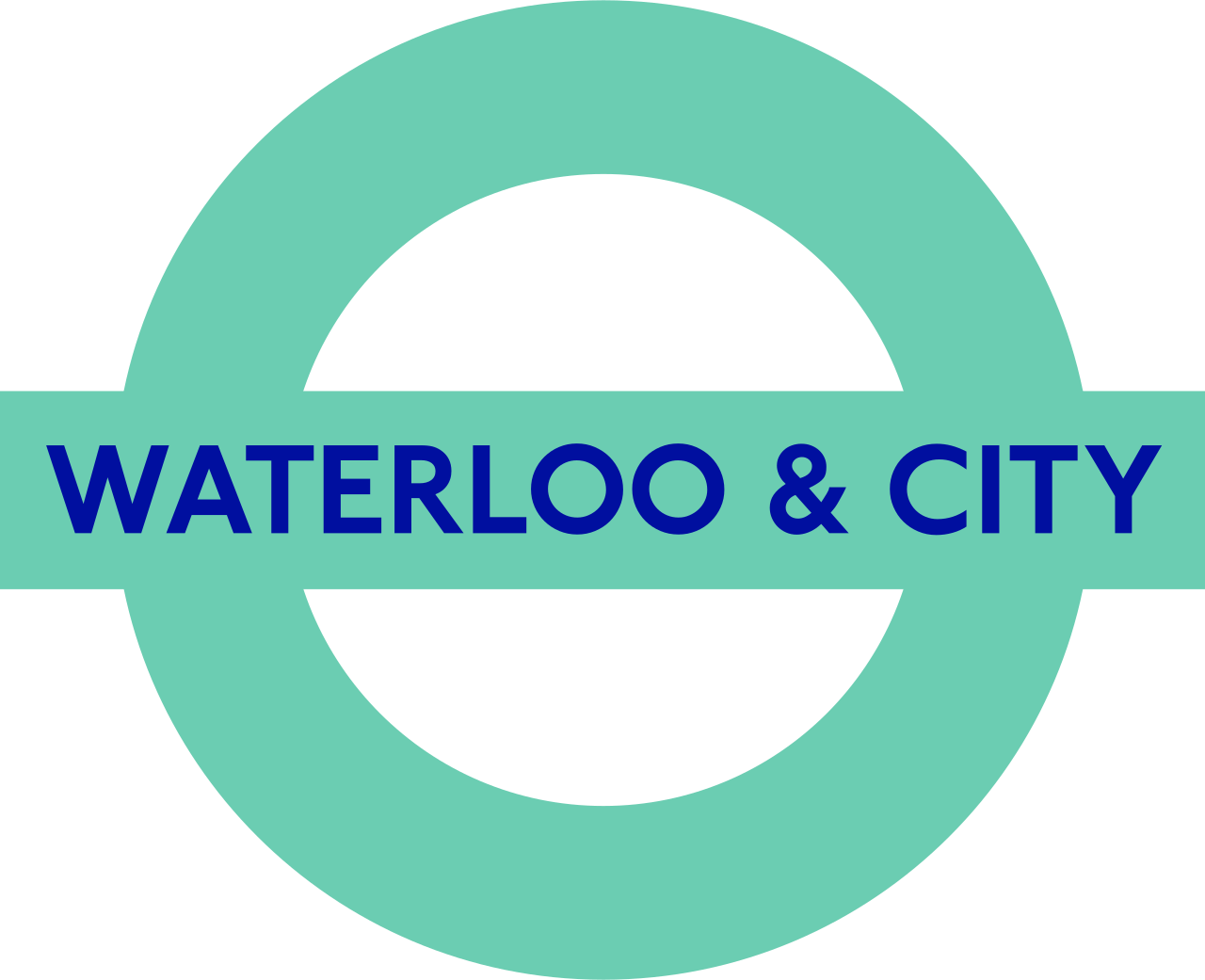
Waterloo & City Line – Línea Turquesa
Es una línea corta que conecta la estación de Waterloo con Bank, principalmente utilizada por trabajadores de oficina. Se identifica por su color turquesa en el mapa del metro.
London by Tube for Football Fans
Football enthusiasts can easily dedicate an afternoon in London to catching a match or touring the museums of some of the most iconic football clubs in Europe and the world.
London by Tube for Harry Potter Fans
London is the birthplace of the magical world created by J.K. Rowling and pays tribute to the Harry Potter saga in many ways. Fans of Harry’s adventures can’t miss the chance to discover some of these attractions while visiting the city.
The Must-Visit Neighborhoods in London by Tube
In London, each neighborhood has its own personality and unique charm. In such an international and cosmopolitan city, you won’t want to leave without finding an area where you feel connected and at home.
The Most Accessible Parks by Tube
London boasts several urban parks worth visiting to clear your mind, refresh your lungs, and recharge amidst the hustle of attractions and monuments.
London Underground Zones
London’s Tube system is divided into zones that play a significant role in determining ticket prices and travel fares. Here’s a detailed explanation of the Tube zones:
- Definition of Zones: London is divided into nine concentric zones, numbered 1 to 9, radiating outward from the city center. Zone 1 covers central London, while the outer zones extend beyond the city limits.
- Zone-Based Fares: Tube fares are calculated based on the zones you travel through. The more zones you cross, the higher the fare. Knowing the zones you’ll travel through is essential to estimate your journey cost.
- Using Oyster Cards and Contactless Payment: You can use an Oyster Card or contactless payment card to pay for your Tube journey. These methods automatically calculate the cost based on the zones you pass through.
- Unlimited Travel Zone: If you travel within zones 1 and 2, you can purchase a one-day unlimited travel ticket, allowing unrestricted travel within these zones.
- Trip Planning: When planning your Tube journey, consider the zones you’ll cross. Online tools like interactive maps or mobile apps can help you determine the zones involved and calculate the fare. The official Transport for London (TfL) website and its mobile app are invaluable resources. Tools like Citymapper or Google Maps are also highly useful for your trip.
For more detailed information about London Tube zones, visit the official TfL website.
General London Underground Hours and Fares
London Tube Operating Hours: The London Underground operates approximately from 5:00 a.m. to 12:00 a.m. Monday to Thursday and on Sundays, with extended hours on Fridays and Saturdays. Specific times may vary depending on the line and station, so it’s recommended to check the official Transport for London (TfL) website for the most up-to-date service information.
Fares: London Tube fares depend on the zones you travel through and your chosen payment method (e.g., Oyster Card, contactless payment card, single ticket). Fares may also vary based on factors such as the time of day and whether you’re traveling during peak hours or not.
Below are the latest fare details for the London Underground:
Zone | Single Ticket | Oyster Card (Peak)* | Oyster Card (Off peak) |
1 | £6,30 | £2,50 | £2,50 |
2 | £6,30 | £3,20 | £2,60 |
3 | £6,30 | £3,60 | £2,90 |
4 | £6,30 | £4,30 | £3,10 |
5 | £6,30 | £5,00 | £3,40 |
6 | £6,30 | £5,50 | £3,50 |
7 | £7,80 | £6,00 | £4,40 |
8 | £9,00 | £7,40 | £4,40 |
9 | £9,30 | £7,50 | £4,50 |
*Peak Hours: Monday to Friday from 6:30 a.m. to 9:30 a.m. and from 4:00 p.m. to 7:00 p.m.
For the most updated fare information and details on payment methods, visit the official TfL website.
You can access the latest information about London Tube schedules and fares by visiting the official Transport for London website at tfl.gov.uk. There, you’ll find specific details on service times, fare options, and any relevant updates about the London Underground.
Fun Facts About the London Tube
- Harry Beck’s Map: The iconic Tube map, designed by Harry Beck in 1931, revolutionized how transit systems are visualized. Renowned for its clarity and simplicity, the map abandons geographical accuracy in favor of a schematic design that highlights connections between stations. Its influence extends beyond London, serving as a model for transit maps in cities around the world.
- Aldwych Ghost Station: Aldwych Station, which closed in 1994, is one of London’s most famous “ghost stations.” Once part of the Piccadilly Line, its platforms now lie silent, though it occasionally springs to life as a backdrop for movies, TV shows, and commercials. Its rich history and eerie atmosphere make it a popular destination for guided tours and urban exploration enthusiasts.
- The Tube Mosquito: While constructing the Underground in the 1860s, workers encountered a unique mosquito species, Culex pipiens molestus, adapted to life in the tunnels. Dubbed the “Tube mouse” by workers, this mosquito has fascinated scientists for its ability to thrive in the dark, humid underground environment, a stark contrast to its surface-dwelling relatives.
- Deepest Station: Hampstead Station, located on the Northern Line, holds the distinction of being the deepest station in the London Underground network. Its platforms sit a staggering 58.5 meters (192 feet) below ground, accessible via some of the longest escalators on the network, offering a unique travel experience for visitors.
- World War II Bunkers: During World War II, several Tube stations were repurposed as air-raid shelters, offering protection to Londoners during bombing raids. Some stations also served as command centers for government operations. To this day, remnants of their wartime use, such as bunk beds and signage, can still be found in certain areas, offering a poignant reminder of the city’s resilience.
- Iconic Roundel Logo: Introduced in 1908, the London Underground’s roundel logo has become one of the world’s most recognizable symbols. Its timeless design—a red circle with a blue horizontal bar—reflects both tradition and modernity. This emblem not only represents the Tube but has also come to symbolize London itself, appearing on merchandise, souvenirs, and art installations.
London Underground Photo Gallery
Enjoy a selection of iconic London Tube images (not ours). Hover over or click on each to view the photographer’s credit.
